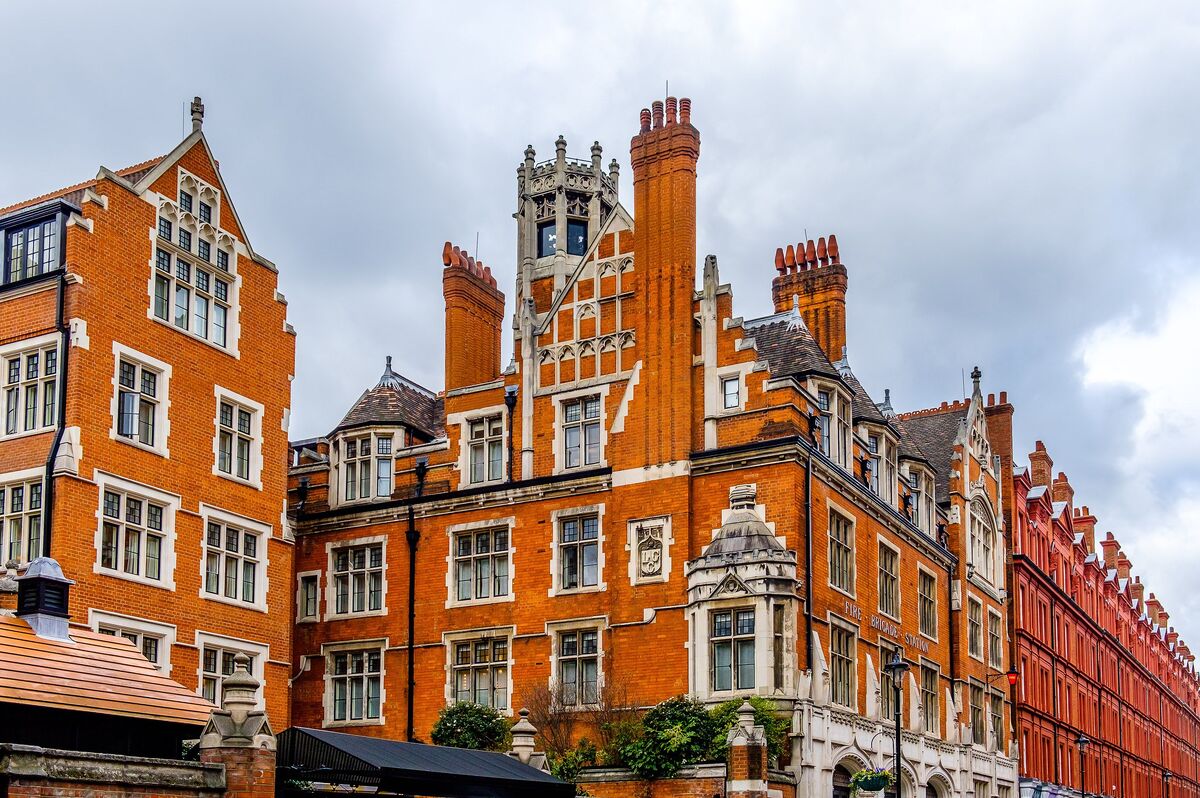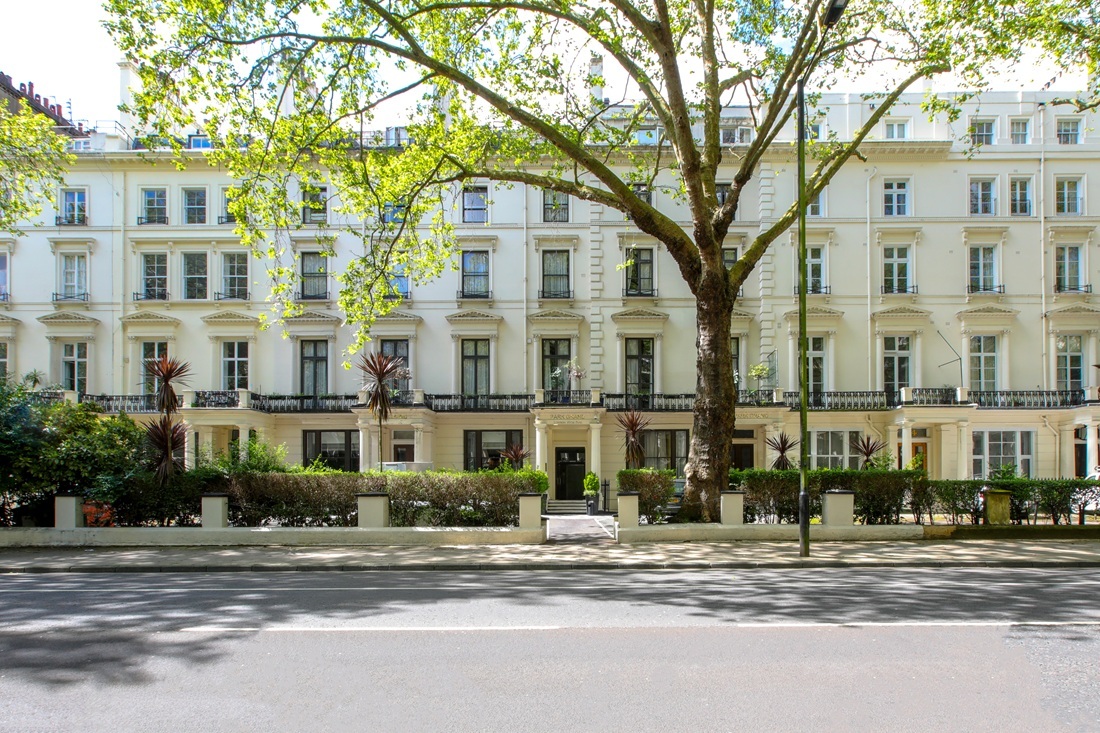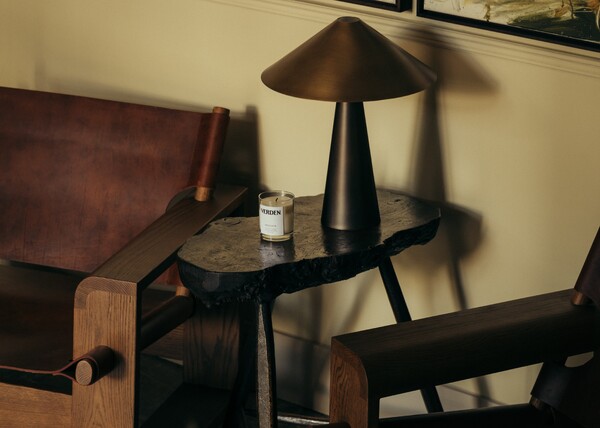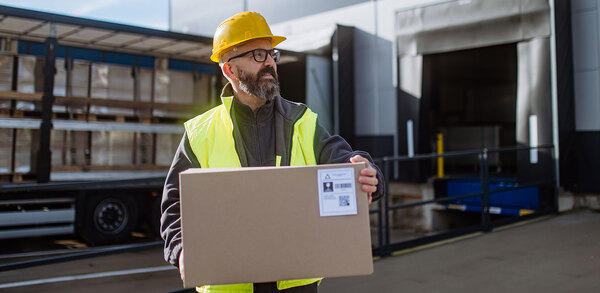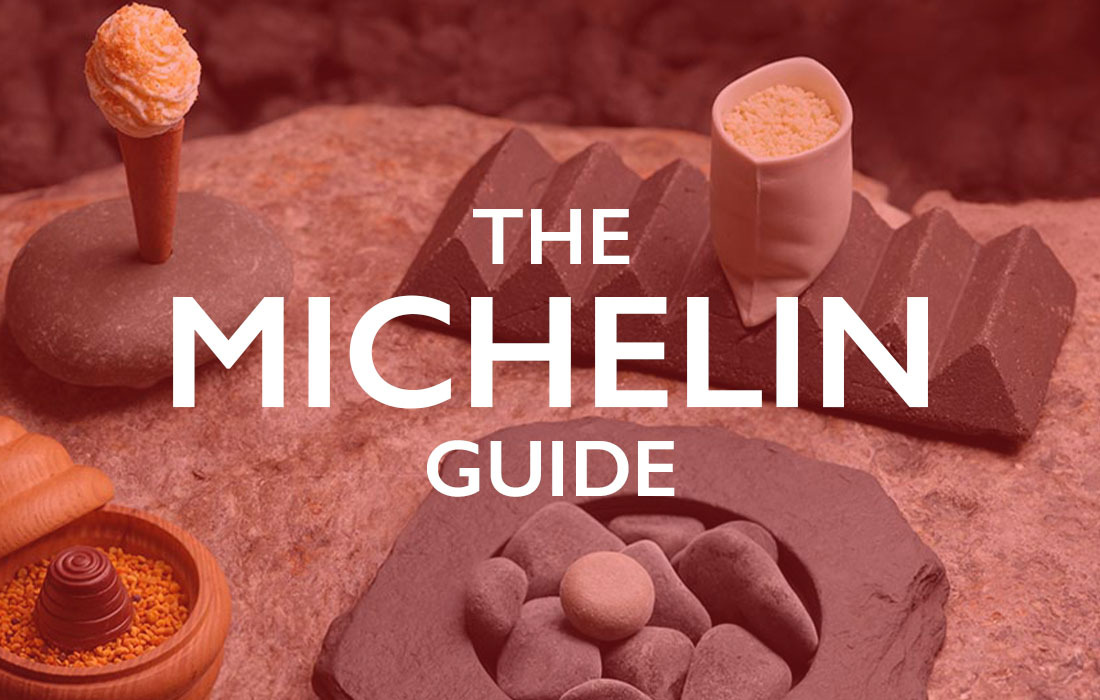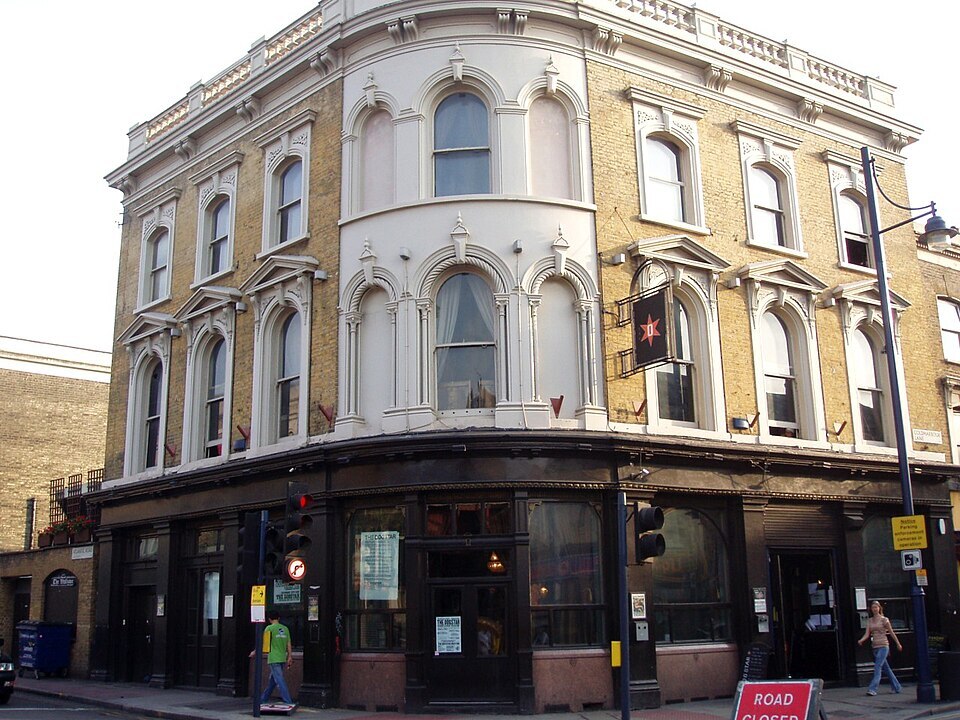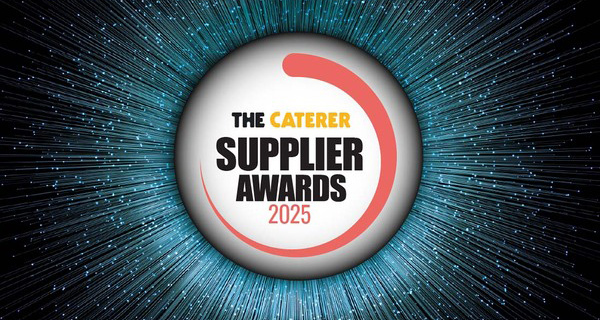The ticking hotel tax timebomb
The levels of tax relief available for capital investment in new hotels and the refurbishment of existing ones will soon be dramatically reduced - causing the industry to rethink its approach. Aubrey Calderwood explains
The hotel industry faces a tax time bomb, set to go off on 1 April 2012. By that date, Hotels Buildings Allowances (HBAs) will have been abolished for good - on 1 April 2011 - and new rates of Plant & Machinery Allowances (PMAs) will have been introduced.
Why is this such a significant event and, more worryingly, why do so few in the hotel industry seem to be taking any notice?
In the good old days of the HBA, the entire cost of a new hotel qualified for a capital allowance of 4% per annum of the construction cost over 25 years until the full cost of the hotel was relieved through the tax system. On top of this, PMA items within the hotel such as air conditioning, carpets, fixtures, furnishing and equipment, and so on, attracted tax relief of 25% per annum.
But when Gordon Brown announced the abolition of HBAs in 2007, he also changed the way PMAs are calculated. The new Coalition Government made further changes, reducing the rates of tax relief even further.
From April 2012, the only tax relief available for expenditure on the construction of a hotel will be 8% for expenditure on so-called integral features - electrics, heating, aircon, lifts, and so on. The remainder - main pool plant & machinery, carpets, furniture, kitchen equipment, and so on - will attract tax relief at the reduced rate of 18%. This is a real double whammy for the hotel industry, as the example opposite demonstrates.
The example is much simplified, assuming that all the PMAs are integral features attracting tax relief of 8% whereas a proportion will be main pool plant at the rate of 18%. However, the central theme is this: after 1 April 2012 hotel operators constructing new hotels or refurbishing existing hotels will be paying much higher levels of tax on their profits than they do at present.
The implications for the hotel industry going forward cannot be overstated. The additional tax liability will have an effect on a hotel operator's ability to repay debt and this in turn could see banks reduce the amounts they are willing to lend. The ultimate conclusion must be that hotel operators will have reduced finance available to them for capital investment in new hotels and the refurbishment of existing establishments.
So what, if anything, can be done to mitigate the effects of this impending negative impact on a hotel operator's cash flow? Well, first and foremost, all is not lost. The message that has been coming out loud and clear from government is that, yes, they will offer tax incentives for investment but they will target those incentives to areas where they want to encourage real change.
Buildings represent a huge contributor to carbon emissions, so when it comes to investment in property - hotels included - the emphasis is now very much focused on encouraging the installation of energy and water efficient technology, for example, heating, lighting, toilets and aircon/ventilation systems. And continuing the theme of sustainability and regeneration, the government also wants to encourage the re-use of brownfield land and stimulate the development of so-called disadvantaged areas.
Not surprisingly, therefore, they have targeted tax incentives firmly towards achieving these objectives and these are the areas that those investing in hotels must now turn their attention to. For example, if you invest in energy efficient lighting, that investment will attract capital allowances at the rate of 100% of the cost in the year the expenditure is incurred - as opposed to only 8% if it is non-energy efficient. And if investing in that technology leads to a loss, the loss can be surrendered in return for a 19% tax credit - literally a cheque in the post from the tax office.
If you are developing a brownfield site that is contaminated and costly to remediate, the cost of that remediation can qualify for a 150% tax deduction in the form of Land Remediation Relief. Or again, if the cost of remediation leads to a loss, the deduction can be surrendered for a 16% tax credit.
If you are considering developing hotels in certain areas, check if your target town is in an area qualifying for Business Premises Renovation Allowances (BPRA). If the property in question meets certain qualifying criteria, the entire cost of converting an existing disused building qualifies for a 100% tax deduction. This is such a generous tax incentive that some hotel operators and investors are now targeting BPRA towns specifically because it is an extremely tax efficient way of creating a hotel asset. And don't be put off by the term "disadvantaged area". Parts of Glasgow, Newcastle and all of Northern Ireland, including Belfast, all qualify, to name but a few.
Tax Relief… then and now
Tax Relief for Hotels in the Good Old Days
Hotel , cost of construction - £10,000,000 of which, £4,000,000 qualifying as PMAs
Total tax relief over 25 years is about £10,000,000
Year 1 tax relief is calculated as follows:
HBA relief: construction costs of £10,000,000 less PMAs of £4,000,000 x 4% = £240,000
PMA relief: £4,000,000 x 25% = £1,000,000
Total year 1 tax relief* = £1,240,000
Total year 1 tax saving*@28% tax rate = £347,200
The tax position post-1 April 2012
Hotel, cost of construction - £10,000,000 of which, £4,000,000 qualifying as PMAs
Total tax relief over 25 years circa £3,500,000 of which Year 1 tax relief is calculated as follows:
HBA relief: = £0
PMA relief: £4,000,000 x 8% = £320,000
Total year 1 tax relief* = £320,000
Total year 1 tax saving*@27% Tax Rate: = £86,400
*Allowances and tax relief continues each year on a reducing-balance basis until extinguished. 50% of the relief is given in the first nine years and 75% by year 17
What now?
The changes are already happening so the key message is to plan for them and incorporate them into your ongoing business models. Specifically, we recommend the following:
â- Convey to your design team that it is your company's objective to maximise capital allowances, where possible, through the Enhanced Capital Allowances Scheme for energy- and water-efficient technologies
â- Ensure that contractors and designers keep sufficient documentation to allow you to claim the ECA relief
â- Consider all forms of tax relief, not just capital allowances. Revenue deductions for repairs, Land Remediation Relief and Business Premises Renovation Allowances are all extremely valuable
â- Ensure that your claim for tax relief is prepared by specialist capital allowances consultants for the greatest chance of a successful outcome with HMRC
If the above steps are implemented, the effects of losing tax relief as a result of the changes in the capital allowances regime will be minimised.
Aubrey Calderwood is a director at investment incentives consultants Capitus (www.capitusgroup.co.uk)



